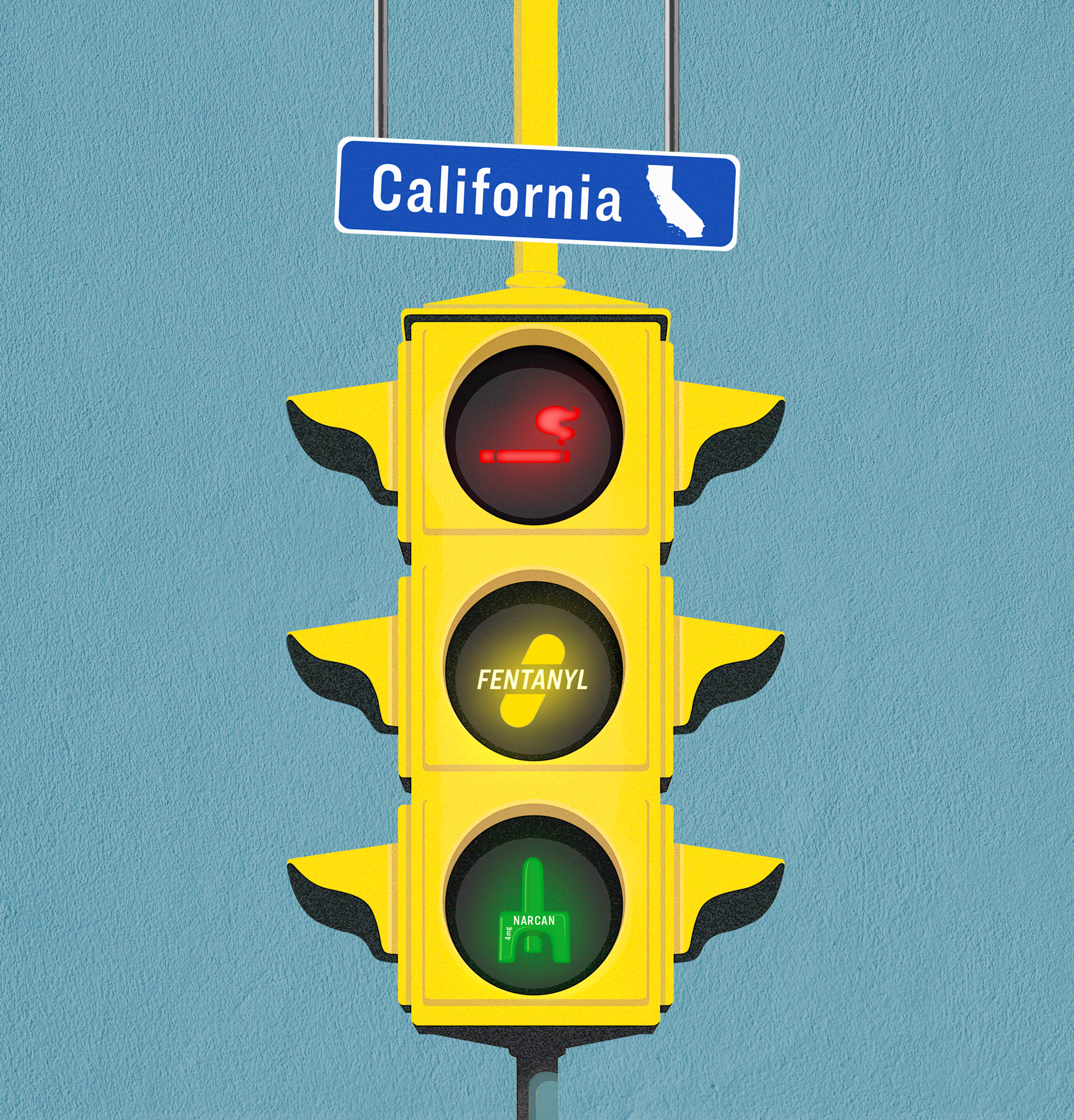By now the statistics are familiar: Fentanyl is killing Americans at an unprecedented rate—around 73,000 annually.
For those aged 18 to 45, it is the leading cause of death.

By now the statistics are familiar: Fentanyl is killing Americans at an unprecedented rate—around 73,000 annually.
For those aged 18 to 45, it is the leading cause of death.